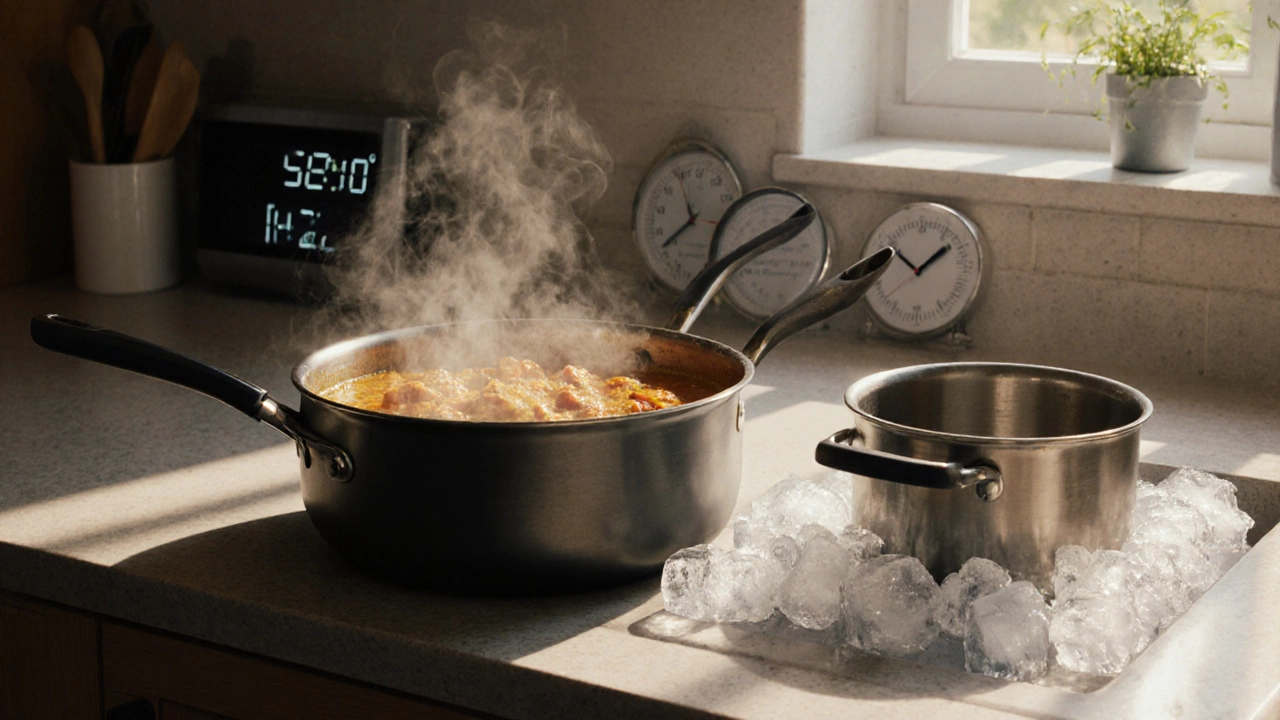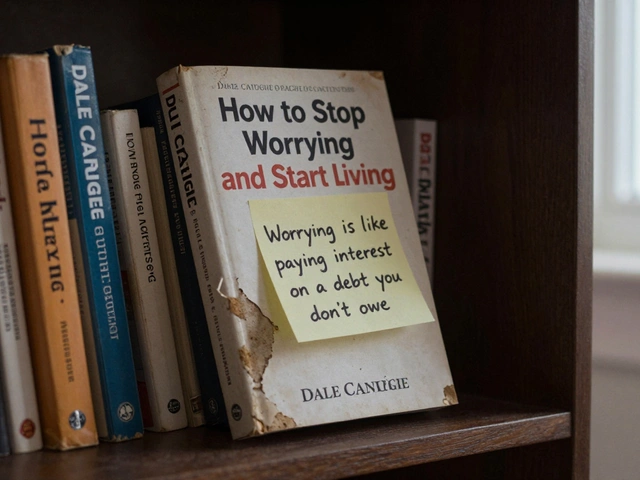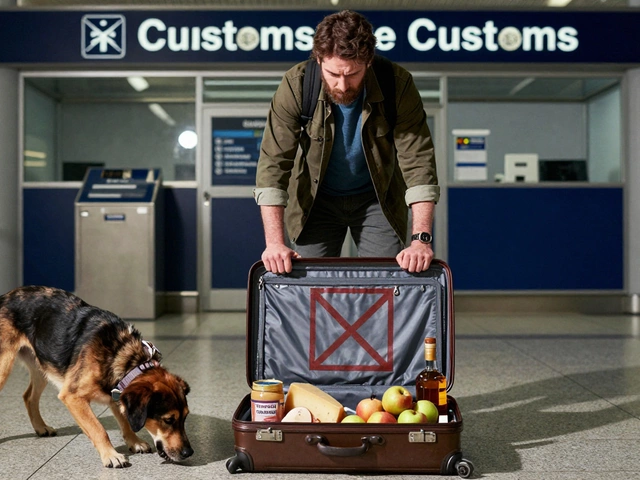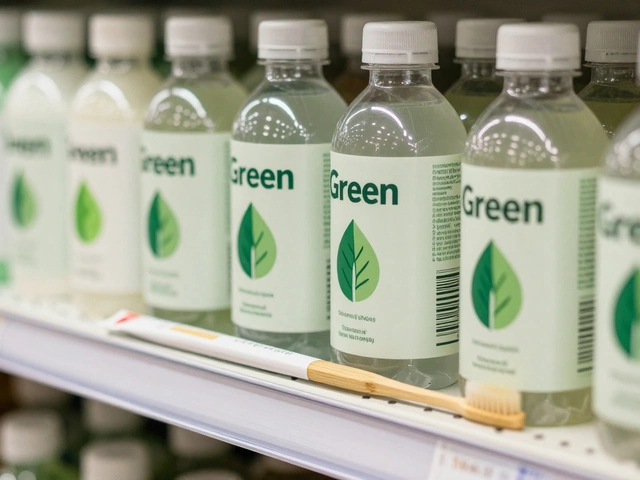Food Poisoning Prevention: Simple Ways to Stay Safe While Eating
When you eat something that makes you sick, it’s rarely because the food was bad—it’s because food poisoning prevention, the set of practices that stop harmful bacteria from getting into your food. Also known as food safety, it’s not about fancy gadgets or expensive ingredients. It’s about simple habits you can start today. Every year, millions of people get sick from food contaminated by bacteria like Salmonella, E. coli, or Listeria. Most of these cases are preventable. You don’t need a science degree. You just need to know what to do—and what not to do.
One of the biggest mistakes people make is assuming that if food smells fine, it’s safe. That’s not true. Harmful bacteria don’t always change how food looks, smells, or tastes. The real danger often comes from cross-contamination, when germs from raw meat, eggs, or poultry spread to ready-to-eat foods. Think about using the same cutting board for chicken and then slicing your lettuce without washing it. Or putting cooked pasta back in the same bowl that held raw ground beef. These aren’t rare mistakes—they’re everyday ones. And they’re easy to fix. Just keep raw and cooked foods separate. Use different cutting boards. Wash your hands after touching raw meat. Simple. But most people skip these steps because they think, "It’s just once."
Another major risk is bacterial contamination, the growth of harmful microbes in food left at unsafe temperatures. The danger zone? Between 4°C and 60°C. That’s room temperature. That’s your leftover pasta sitting on the counter for two hours. That’s your salad bar left out all day at a party. Bacteria can double in number every 20 minutes in that range. So if you’re not refrigerating leftovers within two hours—or one hour if it’s hot outside—you’re playing Russian roulette with your gut.
It’s not just about storage. Cooking matters too. Undercooked chicken isn’t just risky—it’s a known cause of foodborne illness. Don’t guess when it’s done. Use a thermometer. Chicken should hit 74°C. Ground beef? 71°C. Eggs? Until the yolk is firm. And don’t rely on color. Pink chicken doesn’t always mean undercooked, and brown ground beef can still be unsafe. The only sure way is a thermometer. Keep one in your kitchen drawer. It costs less than a coffee. It could save you a hospital visit.
And what about cleaning? Your sponge is probably dirtier than your toilet seat. Replace it weekly. Or microwave it for a minute after each use. Wash dishcloths in hot water. Don’t reuse towels that touched raw meat. These aren’t over-the-top steps—they’re the bare minimum. If you’re cooking for kids, elderly people, or anyone with a weak immune system, these rules aren’t optional. They’re essential.
There’s no magic trick to food poisoning prevention. No supplement, no special diet, no trendy cleanse. Just clean, separate, cook, and chill. These four steps cover 90% of the risks. And they’re the same ones health inspectors check every day in restaurants. If it’s good enough for them, it’s good enough for your kitchen.
What you’ll find below are real, practical tips from people who’ve been there—people who got sick, learned the hard way, and now share what actually works. No fluff. No theory. Just the steps that keep meals safe, families healthy, and stomachs happy.
The danger zone for food prep is the temperature range where bacteria grow rapidly - between 5°C and 60°C. Learn how to keep your meal prep safe, avoid food poisoning, and store leftovers properly.






